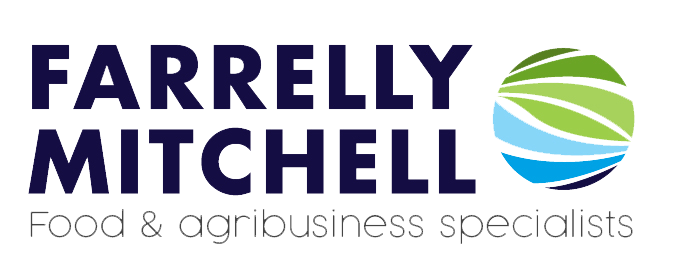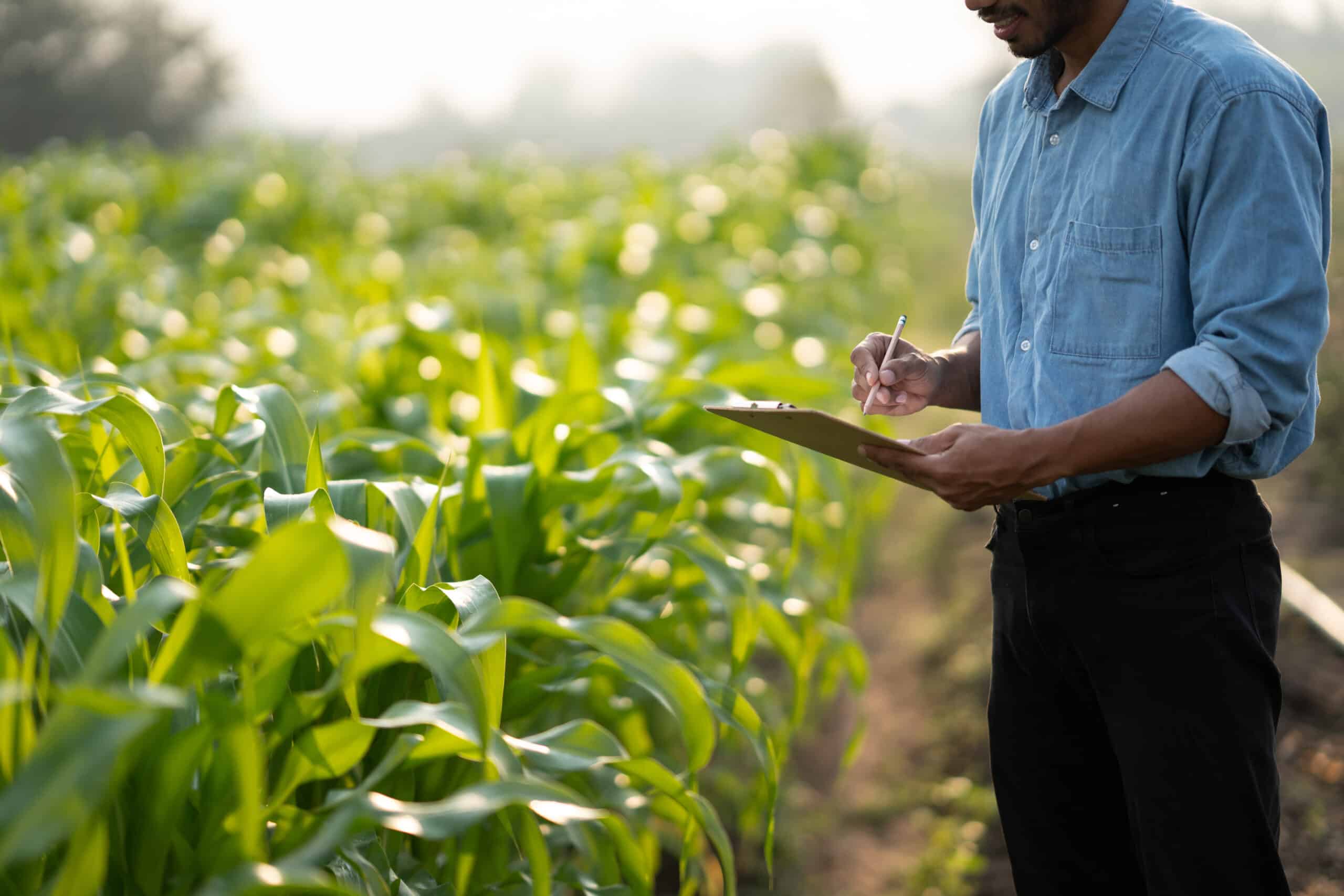Agricultural inputs, often referred to as agri inputs, encompass all resources used in farming to boost productivity. This includes seeds, agrochemicals, machinery, irrigation systems, and labour. Agri inputs are key to maximising agricultural outputs. When efficiently sourced and utilised, agri inputs can have a transformative effect on food production, bolstering economies and addressing industry-wide challenges such as food security.
However, in many developing regions access to, and use of, agri inputs is inefficient, inconsistent, and poorly understood. This issue is particularly acute in Sub Saharan Africa (SSA), where a combination of underdevelopment, lack of finance, and harsh environments can disrupt food production and cause widespread malnutrition, food insecurity, and poverty. This article will discuss the unique challenges that SSA faces in identifying, procuring, and effectively utilising agri inputs.
SSA Landscape
Sub-Saharan Africa presents a uniquely challenging agricultural landscape. Since achieving independence in the 1960’s, SSA’s agricultural industry has been marked by steady decline and general underperformance, with the region currently lacking the capacity to feed itself. In 2020, an estimated 30% of the SSA population experienced severe food insecurity, with 37% experiencing moderate food insecurity during the year.
Agricultural production has historically been hindered by factors such as poor land and soil quality, harsh climatic conditions, slow economic growth, poor governance, lack of research and development, and many other factors. The industry is further fragmented by poor management, with over 70% of food being produced by smallholders who work at a subsistence level with little opportunity to move into commercialised and industrialised production.
The historical challenges faced by Sub-Saharan Africa have had an enduring impact on its agricultural productivity, especially in the use of agricultural inputs in the region, which is a more complex issue than is generally understood. This complexity arises from the region’s diverse geographical, economic, and infrastructural frameworks, which have contributed to disparities in the availability, affordability, and effective utilisation of agricultural inputs.
Agri input challenges in SSA
While developing regions such as Asia and Latin America have seen greater agri input adoption in recent decades, use in SSA has remained comparatively low. For example, the OECD have estimated that Sub-Saharan African farmers used on average 9 kg of fertiliser per hectare of arable land compared to 100 kg per ha in South Asia and 73kg in Latin America. Similarly, research conducted by the Food and Agriculture Organization (FAO) indicates that farmers in Sub-Saharan Africa have limited access to water. On average, these farmers withdraw approximately a quarter of the water typically required. Additionally, less than 3.5% of all agricultural land in Sub-Saharan Africa is adequately irrigated, underscoring the region’s water-scarcity challenges. Sub-Saharan agriculture is further hindered by insufficient seed systems and limited use of mechanised farm inputs, such as tractors. This systemic underutilisation of agri inputs raises the question, what has caused it?
Limited capital: Scarcity of financial resources greatly restricts the use of inputs. Capital investment is essential for purchasing modern agricultural inputs. Furthermore, an inverse relationship between farm size and input use exists whereby smaller farms with less capital use inputs less intensively. This issue has been compounded in recent years by the price volatility of essential agricultural inputs like fuel and fertiliser.
Accessing credit: The limited access to credit for smallholder farmers is a major constraint, particularly given that cash inflows rarely align with the timing of essential agricultural activities, creating a gap in funding that could otherwise be used for purchasing inputs or investing in improvements. Compounding this issue, poorly developed financial markets and the high risks associated with extending credit to smallholder farmers means that credit is minimally distributed throughout SSA, and farmers are forced to operate without the necessary resources.
Poor infrastructure: Poorly developed logistics and infrastructure has led to high transportation costs for agri inputs. According to the IFPRI, around 50% of market fertiliser prices across SSA can be attributed to such transaction costs. The combination of high costs, low farmer density, and relatively low agricultural productivity means that the demand for expensive agricultural inputs may be so low that it discourages agri input providers from offering these products in such markets. This creates a vicious cycle where limited supply further depresses demand and hinders agricultural development.
Regional variations: In Sub-Saharan Africa, agricultural input usage and intensity can vary significantly within countries. This variation is influenced by a diverse range of regional factors such as input and output prices, market access, infrastructure, and agricultural extension services. This heterogeneity undermines the implementation of uniform regional policies, as such efforts are unlikely to address the unique needs and challenges faced by different farming communities, necessitating a more localised or tailored approach.
Institutional support: Differing levels of agri input use within countries indicates a lack of adequate institutional support. This inconsistency might stem from unequal distribution of resources and essential services, such as agricultural training and input subsidy programs. For instance, seed distribution systems frequently suffer from bottlenecks and inefficiencies. Furthermore, suboptimal use of modern inputs at both household and plot levels suggests insufficient guidance in maximising their effectiveness. This issue can be aggravated by poorly constructed subsidy programmes whose costs frequently outweigh their economic benefits.
Strategic agri input management
The relationship between modern agri input use and economic prosperity is undeniable. Hence, agri inputs must be treated as a crucial consideration for any developing country looking to stimulate agricultural and economic growth.
At Farrelly Mitchell, our supply chain experts support governments, multilaterals, NGOs and DFIs as they look to build resilient and productive food systems. Our team can transform the way that food and agribusinesses source and use inputs to maximise profitability and security. Our strategies and interventions in this space are tailored to the unique challenges of our clients, grounded in real-world experience, and based upon decades of experience in food security, capacity building, institutional development, and value creation.
Contact our team today to turn your challenges into growth opportunities and foster sustainable growth.














